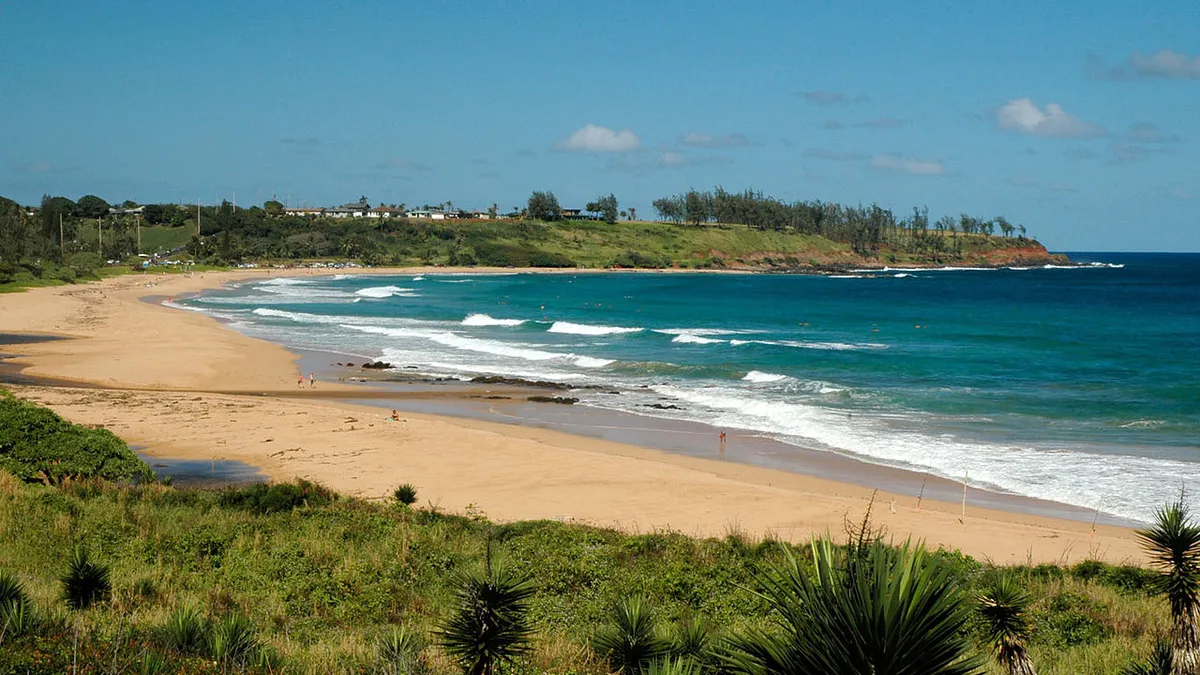Dive Brief:
-
Hawaiian Electric (HECO) last week filed a new draft grid modernization plan designed to help enable the island state meet its target of 100% renewable energy by 2045. State regulators rejected an earlier plan in December.
-
The plan calls for “surgical” installation of smart meters, rather than system-wide deployment, as well as the use of advanced inverters to facilitate rooftop solar and the expanded use of voltage management tools, particularly on circuits with heavy solar penetration.
- The new plan’s price tag is $205 million, cheaper than the $340 million plan the state’s Public Utilities Commission rejected for being too costly. Hawaii already has the highest electric rates of any U.S. state.
Dive Insight:
With its ambitious renewable energy target, Hawaii would seem to be a prime candidate for grid modernization. But state regulators last year rejected a grid modernization plan as too expensive.
Hawaiian Electric’s new plan is cheaper and more targeted, but the need is still as pressing. The state has the highest penetration of renewables and distributed solar in the U.S.
At the end of 2016, about 26% of Hawaiian Electric’s customers’ electricity was sourced from renewables, Greentech Media notes. Customer owned solar power was the largest contributor at 34% of the renewables total, followed by wind, 29%, and biomass at 19%.
On the Big Island of Hawaii renewables accounted for 54% of customers’ needs and on Maui and Molokai it was 37%.
But the new plan notes that the limitations of the current grid have hampered Hawaiian Electric’s ability to integrate more customer sited resources. As the report says, “The grid we have is not the grid we need.”
In particular, HECO lacks visibility and control over distributed resources on its system, making it more difficult to forecast customer demand and maintain reliability on solar-heavy feeders. The installation of smart meters, sensors and control systems is meant to allow the utility more control over these resources, allowing the installation of more customer-sited solar, which has seen growth slow in recent months as state caps are hit.
Instead of a blanket deployment of smart meters, HECO will aim to leverage advanced inverters to "enable greater private rooftop solar adoption." And over the longer term, the expanded grid communications will give operators "greater ability to 'see' and efficiently coordinate distributed resources, along with smart devices placed on problematic circuits and automation for improved reliability."
In the near term, Hawaiian Electric sees the continued growth of distributed energy resources. By 2021, it forecasts 326 MW of new DERs, 89 MWh of customer self-supply energy storage, 115 MW of demand response resources and 104 MWh of storage integrated into its system.
Over the longer term, Hawaiian Electric wants to extend its integrated grid platform to “leverage energy storage, advanced grid technologies, and cyber-physical infrastructure upgrades that can incrementally evolve over time.”
The new plan is open for public comment until August when Hawaiian Electric will make is final submission to regulators.














